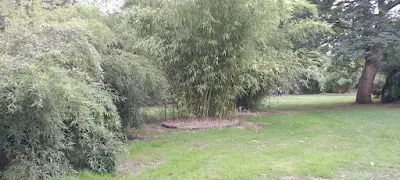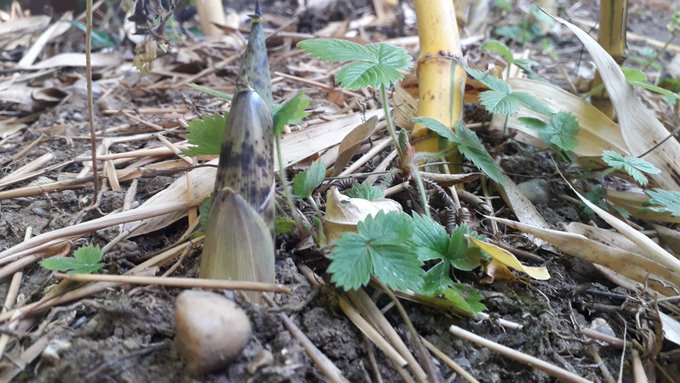If you're searching for a low-maintenance plant that promotes green living at home, lucky bamboo might be the perfect choice.
Lucky Bamboo Plant Benefits
This popular household plant not only adds a touch of elegance to your living space but also offers a range of benefits that can positively impact your well-being and surroundings. Let's explore the seven key benefits of keeping a lucky bamboo plant at home.
Lucky Bamboo Creates a Healthy Environment
Lucky bamboo plants are believed to be highly effective at purifying the air and promoting a healthy living environment.
While some claims about their ability to reduce harmful toxins and increase oxygen levels are still under debate, one thing is certain—having household plants like lucky bamboo creates a happier and healthier atmosphere.
Studies have shown that plants can enhance mental health, improve focus, elevate moods, and induce a sense of calmness, making them valuable additions to any living space.
Easy to Grow Indoors
For those who lack a green thumb, lucky bamboo is a great option. It's one of the easiest houseplants to grow indoors, making it suitable for both seasoned gardeners and novices alike.
Lucky bamboo can thrive in various conditions, including low light and infrequent watering.
With proper care, these plants can continue to flourish in your home for many years, even if you occasionally forget to water them.
Matches Well With Bamboo Floors
If you have bamboo floors in your home, adding a lucky bamboo plant can beautifully complement your modern-style interior decor.
Whether placed as part of a centrepiece or on a bookshelf, lucky bamboo adds natural charm to any room.
Moreover, the sustainable qualities shared by lucky bamboo and bamboo floors, such as being naturally pest-resistant and biodegradable, align with environmentally friendly living.
Good Luck Charm
Lucky bamboo plants have a rich history of being used as good luck charms, particularly in Feng Shui practices.
Different arrangements of lucky bamboo stalks symbolize various forms of luck, such as prosperity, love, health, and positive emotions.
Avoiding groupings in multiples of four is advised, as this number is associated with death. When given as a gift, lucky bamboo carries these positive effects, making it a thoughtful present for loved ones.
Aesthetically Pleasing and Versatile
Beyond their symbolic meanings, lucky bamboo plants are aesthetically pleasing and can be shaped into various patterns using ribbons or strategic lighting.
They can enhance the visual appeal of any room, making them a versatile choice for home decoration.
Also, lucky bamboo is low-maintenance and can thrive in a variety of conditions. Its resilience means you don't need to invest significant time or money to care for it, making it an affordable and hassle-free addition to your home.
Promotes Green Living and Positive Vibes
By adding a lucky bamboo plant to your home, you not only bring in some greenery but also welcome positive vibes and good fortune.
Cultivating an appreciation for nature and incorporating living organisms like plants into your living space can have a positive impact on your well-being and overall outlook on life.
Luck and Good Fortune
In conclusion, lucky bamboo plants offer a range of benefits that make them a wonderful addition to any home.
So, why not consider bringing the benefits of lucky bamboo into your home today? Enjoy the perks of good luck and good fortune with this elegant and auspicious plant.

.png)
.png)








![Red Chinese Fountain bamboo Red Chinese Fountain bamboo [Fargesia nitida 'Volcano’]](https://i0.wp.com/www.gardenbambooplants.com/wp-content/uploads/2021/09/Fargesia-nitida-volcano1-scaled.jpg?resize=1536%2C864&ssl=1)






